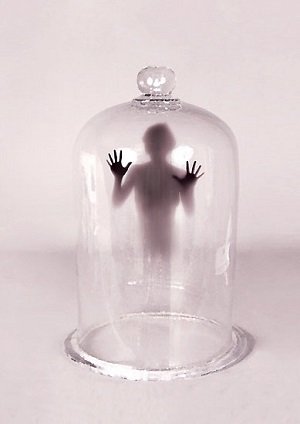Literary analysis essay is a type of an essay that thoughtfully examines a particular work of literature and evaluates some of its major aspects. This type of the essay usually focuses on a single or several aspects of the literature works, and does not give the overview of all aspects related to the analyzed work of literature. For instance, it may specifically analyze different types of images and symbols used in the work and the ways in which they influence the work. Other types of literary analysis essay include the relationship between subplots and the main plot; the analysis of the particular theme; the attitude of the character towards some aspects revealed through dialogue.

Recurring symbols in “The Bell Jar” by Sylvia Plath
The Bell Jar is a debut novel by the American poet Sylvia Plath that turned out to be the author’s only prose book due to her early death. The book examines the themes that were tabooed in the society of the 1950s, where it was set. The 1950s society popularized a nuclear type of family, where a woman was supposed to stick to her role of a proper housewife. Esther Greenwood, a protagonist of the novel, experiences a deep feeling of fear because of the existing social traditions. Hence, the novel examines the issues of depression, madness, mental issues, feminism (or, even, pre-feminism), coming-of-age, rape, and doomed expectations.
The novel is deeply symbolic, and the title of the novel is itself a symbol. The bell jar symbolizes many things at once, including the traps set on the main character by the society, and madness. When the character feels insane, she expresses her feels as if she is trapped inside of a bell jar that ruins her general perspective of the world and prevents her from uniting with people around. The actual bell jar usually creates a vacuum, because it contains a particular type of gas. Naturally, Esther feels as if she cannot breathe during the times her mental disease occupies her. At the end of the novel, the jar is lifted, but Esther still feels as if she is still somehow trapped, because it can return any moment.
Another recurring symbol in the novel is blood. Blood symbolizes significant changes that occur in the life of Esther. When one of the characters tries to rape her, she punches him so that his nose becomes covered in blood. Another significant moment in her life is the suicide attempt. Esther chooses to commit suicide through wrist-cutting, and her wrists get covered in blood. Lastly, Esther loses her virginity at the end of the novel and hemorrhages so hard that she has to be taken to the hospital. Hence, blood is the symbol present at every turning point in The Bell Jar.
The fig tree is an unexpectedly delightful symbol mentioned in the novel several times. In the first part of the novel, the main character is seen reading a story about a man of the Jewish ancestry and a young nun who have their first encounter under the fig tree. Their couple can never work out, just like Esther’s relationship with her current boyfriend Buddy, a college student who despises everything she comes to love. Esther suggests that each of the figs on the tree represents a certain choice in life a woman can make. Later, her mental struggle is partly explained as a result of her inability to pick one fig. Of course, a modern woman has no need to do so, but the 1950’s society put the pressure on women and expected their life to be the representation of the “single fig”. Often, a woman had to choose to become a housewife and give up her career.
To conclude, the symbols in the novel are the reflection of Sylvia Plath’s imaginative life. Through the symbols, the reader feels the experiences of the main character as if they happened to him or her. A symbol is a tool that helps to understand the themes of the book on a deeper level.
References
- Charteris-Black, J. (2012). Shattering the bell jar: Metaphor, gender, and depression. Metaphor and Symbol, 27(3), 199-216.
- Holbrook, D. (2014). Sylvia Plath: poetry and existence. A&C Black.
- Plath, S. (1972). The Bell Jar.(1963). Faber & Faber.
- Smith, C. J. (2010). ” The Feeding of young women”: Sylvia Plath’s the Bell Jar, Mademoiselle magazine, and the domestic ideal. College Literature,37(4), 1-22.
- Wagner-Martin, L. (2013). Sylvia Plath. Routledge.
